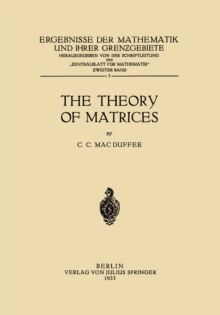
On the Problem of Plateau / Subharmonic Functions PDF
by T. Rado
Part of the Ergebnisse der Mathematik und Ihrer Grenzgebiete. 1. Folge series
Description
A convex function f may be called sublinear in the following sense; if a linear function l is ::=: j at the boundary points of an interval, then l:> j in the interior of that interval also.
If we replace the terms interval and linear junction by the terms domain and harmonic function, we obtain a statement which expresses the characteristic property of subharmonic functions of two or more variables.
This ge- neralization, formulated and developed by F.
RIEsz, immediately at- tracted the attention of many mathematicians, both on account of its intrinsic interest and on account of the wide range of its applications.
If f (z) is an analytic function of the complex variable z = x + i y. then If (z) I is subharmonic. The potential of a negative mass-distribu- tion is subharmonic.
In differential geometry, surfaces of negative curvature and minimal surfaces can be characterized in terms of sub- harmonic functions.
The idea of a subharmonic function leads to significant applications and interpretations in the fields just referred to, and* conversely, every one of these fields is an apparently in- exhaustible source of new theorems on subharmonic functions, either by analogy or by direct implication.
Information
-
Download - Immediately Available
- Format:PDF
- Publisher:Springer Berlin Heidelberg
- Publication Date:29/06/2013
- Category:
- ISBN:9783642652363
Information
-
Download - Immediately Available
- Format:PDF
- Publisher:Springer Berlin Heidelberg
- Publication Date:29/06/2013
- Category:
- ISBN:9783642652363










